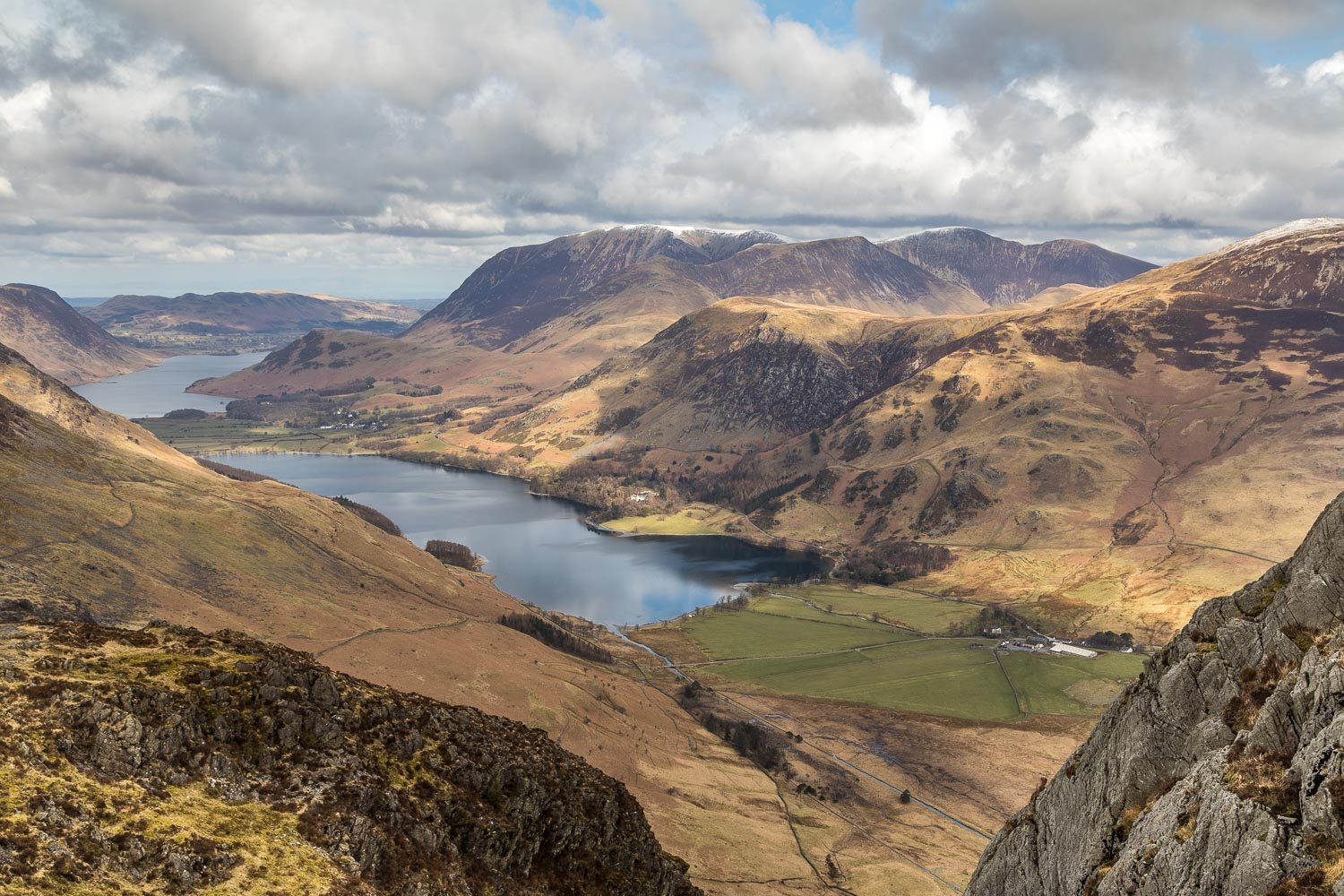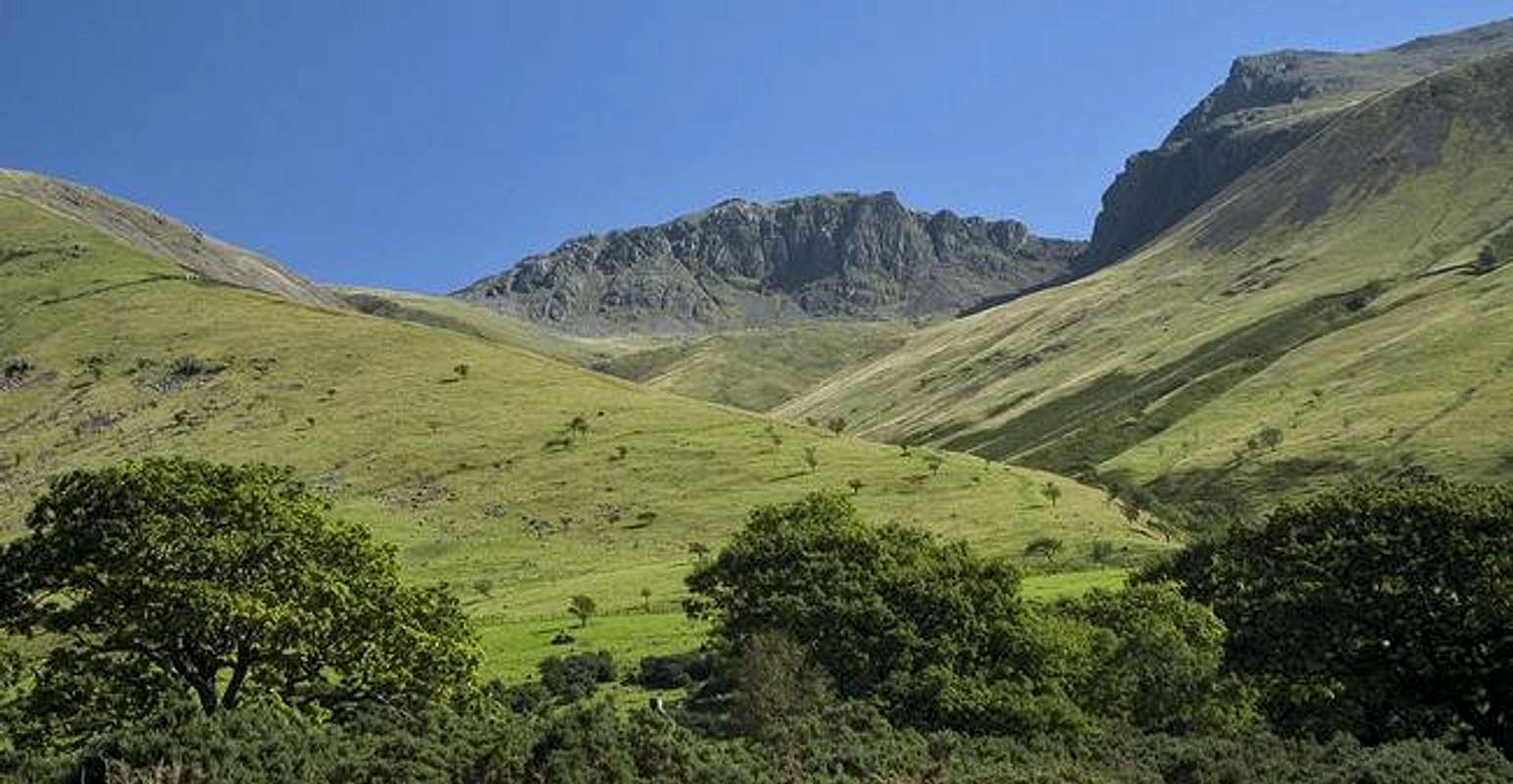LAKE DISTRICT
The main draw is the Lake District National Park, England’s largest at 885 sq. miles. Every bend in the road has great views of mountains, ridges and many lakes.
History. Settled in 3000 BC, it was variously inhabited by Celts, Angles, Vikings and Romans. In the Dark Ages, it was the centre of the ancient kingdom of Rheged. In the Middle Ages, the area was the start of the ‘Debatable Lands’, the wild border between England and Scotland. Bands of raiders known as Border Reivers, regularly plundered the area, prompting the construction of defensive pele towers and castles in Carlisle, Penrith and Kendal.
The area became the centre of the Romantic movement during the 19th century largely thanks to the Cumbrian-born poet William Wordsworth. He also championed the protection of the Lake District from overdevelopment. The park was formed in 1951.
The present-day county of Cumbria was formed from the neighbouring districts of Cumberland and Westmorland in 1974.
Many people visit to connect with the many writers who found inspiration here: Samuel Taylor Coleridge, Arthur Ransome and Beatrix Potter.
Lake District NP is by far England’s most popular national park with its craggy hills, mountain tarns and multiple lakes. The main visitor centre for the park is at Brockhole just outside Windermere.
Visit www.nationaltrust.org.uk/features/camping-in-the-lake-district to make reservations for all the National Trust campsites in the Lake District.
Hiking. There are at least 200 recognized hikes in the Lake District. Here are the top five:
1. Scafell Pike (978m). England’s highest peak. With at least 5 routes, the classic is from a parking area/campground just before the village of Wasdale Head. Takes 4-6 hours. Often done in conjunction with the highest peak in Scotland (Ben Nevis) and Wales (Snowdon) sometimes in one long day.
2. Helvellyn (950m). A vertiginous scramble along the knife-edge ridge of Striding Edge. 6 hours starting from Glenridding or Patterdale.
3. Blencathra (868m). Panoramic outlook on Keswick and the northern fells. 4 hours from Threlkeld.
4. Haystacks (597m). A 2-3 hour hike from near Buttermere Village.
5. Catbells (451m). An easy walk on the west side of Derwentwater – 2 hours.
WINDERMERE (pop 5400)
Windermere Lake at 10.5 miles long and a mile wide at its widest, is the largest body of water anywhere in England. Its maximum depth is 220m. It’s been the centre for tourism since the first trains arrived in 1857. The town of Windermere is split in two – Bowness is on the eastern shore and Windermere Town is 1.5 miles inland at the top of the hill.

There are 18 islands on Windermere. The largest is Belle Isle, across from Bowness, at 16 hectares it has an 18th-century Italianate mansion.
Fell Foot Park. 7 miles south of Bowness, this 7-hectare park has paths, lawns and picnic spots.
We spent a morning here buying gear – boots and socks and pants for Anna and pants for me. There’s a great selection of stores with competitive prices.
We then drove to Honister Pass east of Buttermere and climbed Haystakes in less than 2 hours of actual hiking time. The route follows a rough hiker-made trail and crosses ground I have never experienced before – wet bog that was like walking on a giant sponge. Cross a stream that cascades down the cliff near the car park. The road here is seriously one lane on both sides of the pass.

We then drove via Cockermouth, Egremont and Gosforth and camped on Wastwater Lake at a lovely pull-off. The hope was to climb Scafell Pike the next morning. The wind started to blow in the early evening and didn’t let up all night. The next morning was very cold, windy and with a light mist and we wisely decided to abandon any idea of climbing Scafell Pike.
It was a truly awful day that we drove from Scafell Pike along the Cumbria coast to Carlisle and all the Roman sites along Hadrian’s Wall. It was very cold with a strong easterly wind and fine misting rain.

